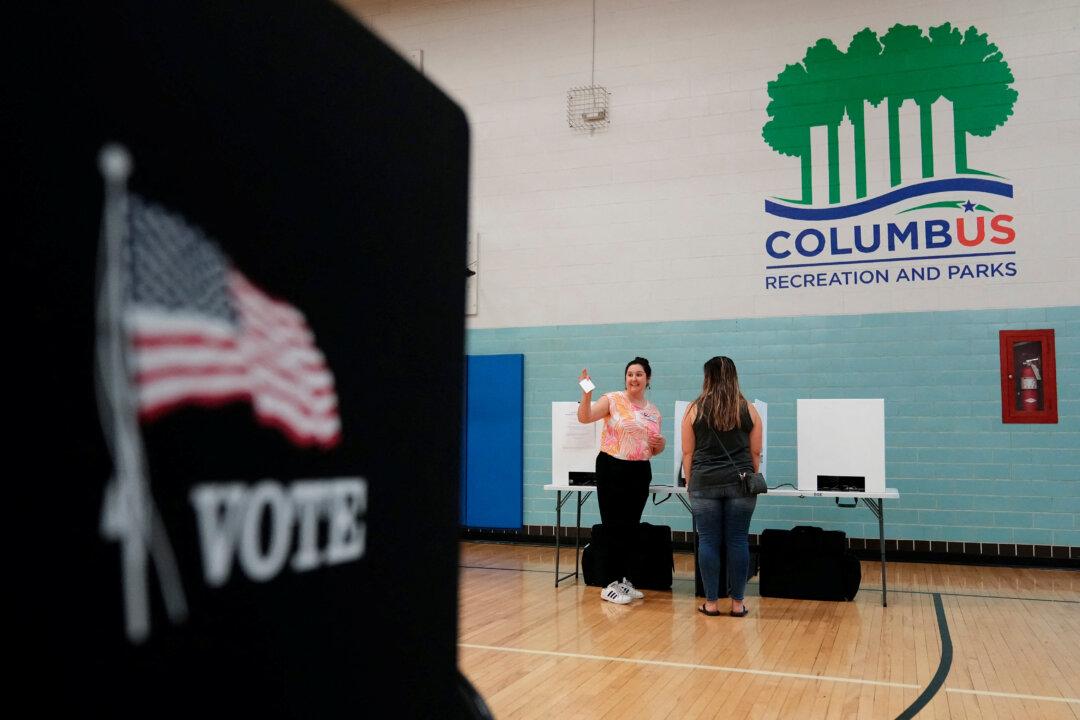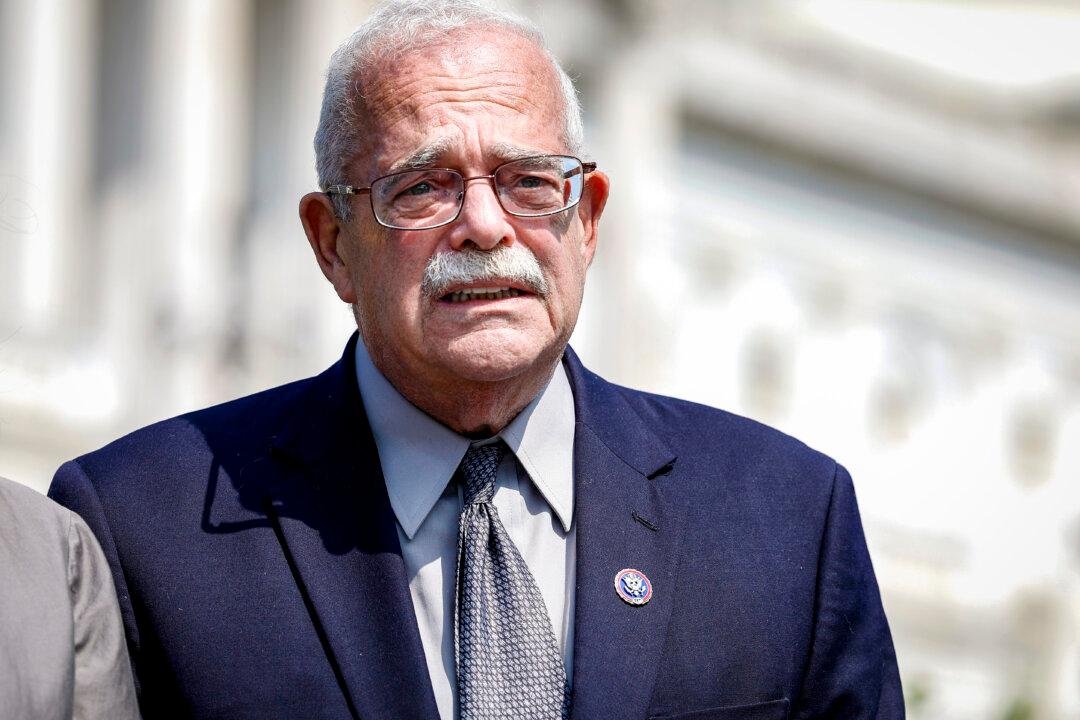Ohio has once again taken center stage in the national abortion debate with Buckeye state voters set to decide on Nov. 7 whether the procedure is a constitutional right.
All Eyes on Ohio With Abortion Amendment on the Ballot
Buckeye State voters will decide whether abortion will be a constitutionally protected right and also whether to legalize marijuana sales.

Volunteer Amelia Klein helps voters during a special election for the earlier Issue 1 at the German Village in Columbus, Ohio, on Aug. 8, 2023. Adam Cairns/USA Today Network via Reuters
Samantha Flom is a reporter for The Epoch Times covering U.S. politics and news. A graduate of Syracuse University, she has a background in journalism and nonprofit communications.
Contact her at [email protected].
Author’s Selected Articles




